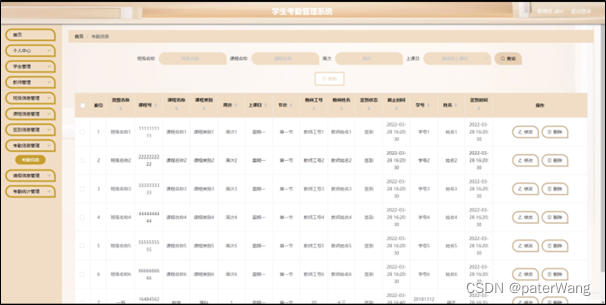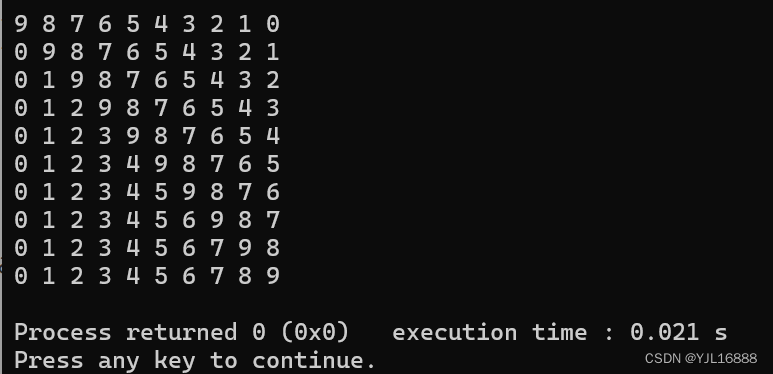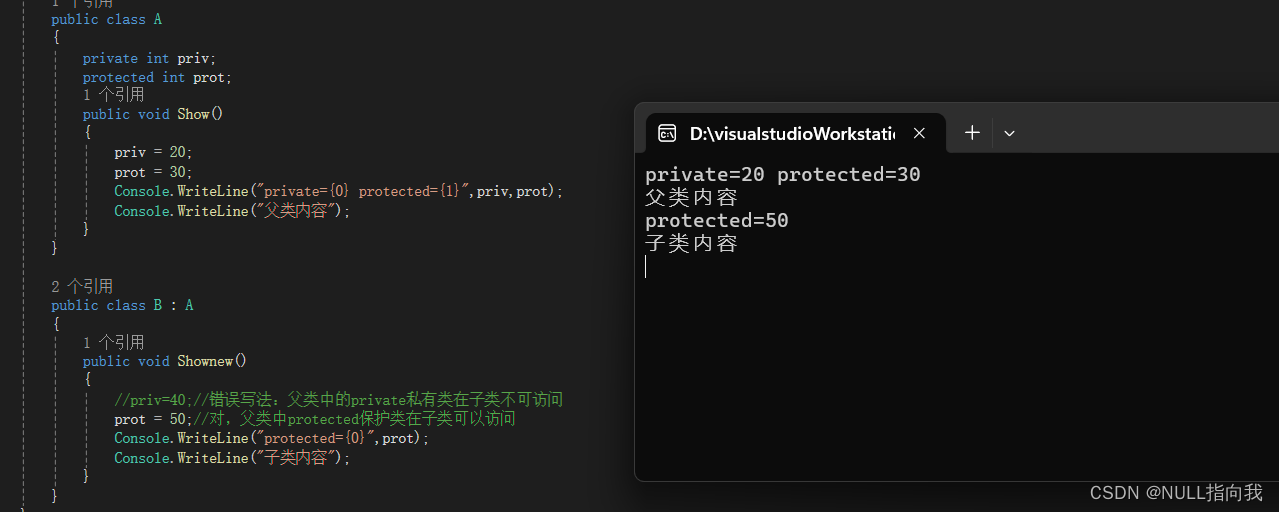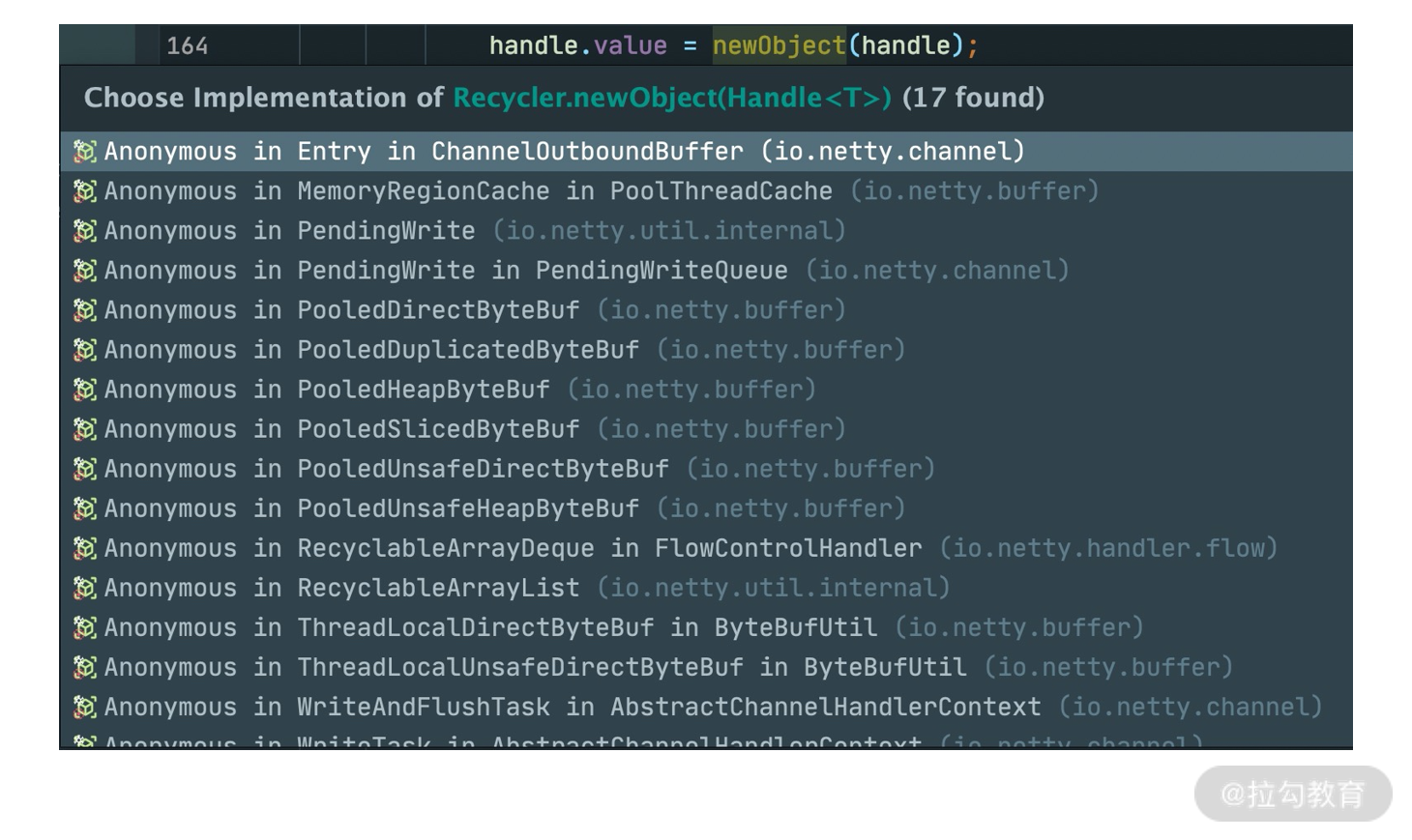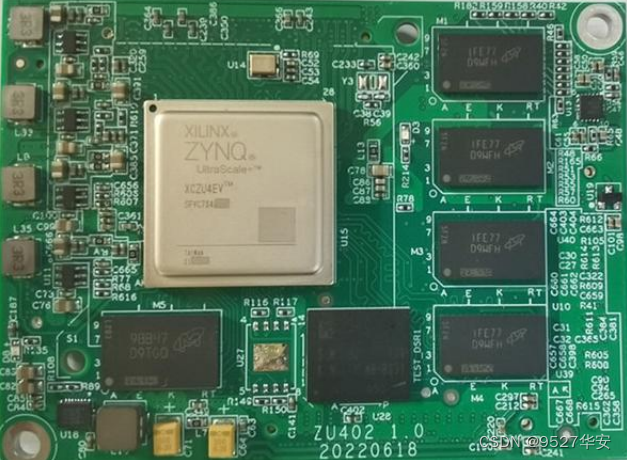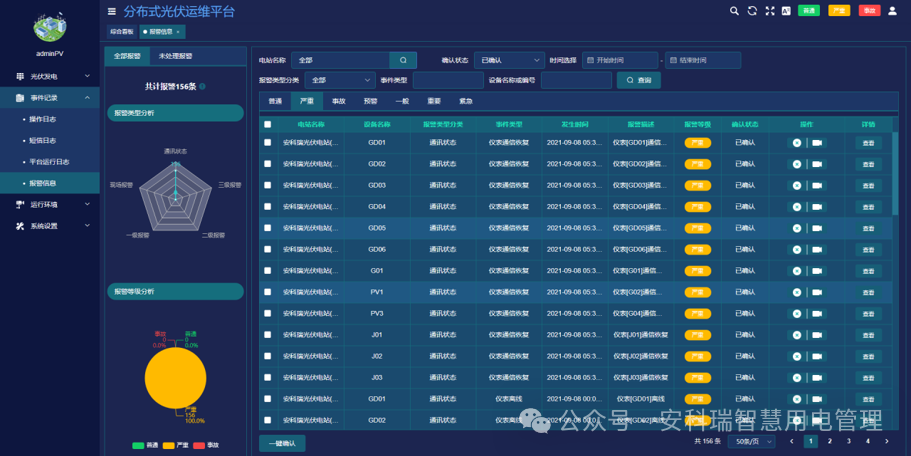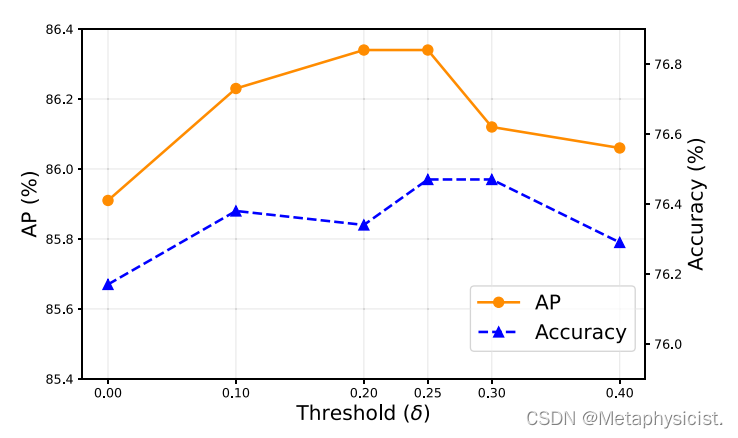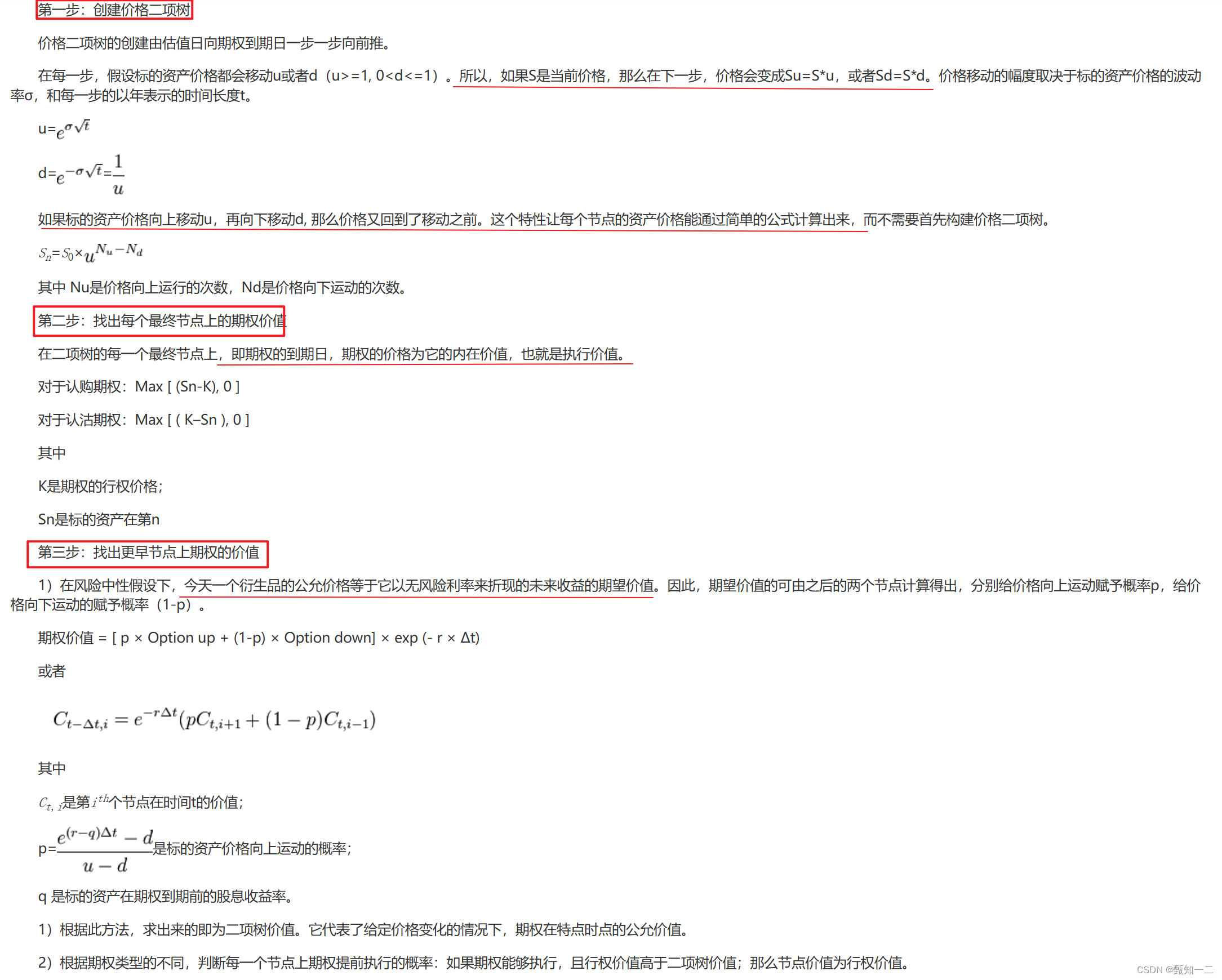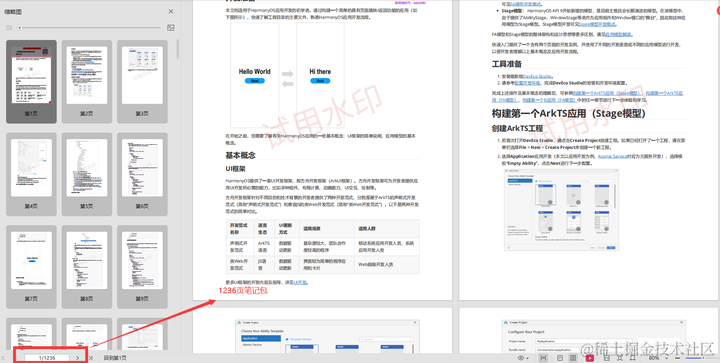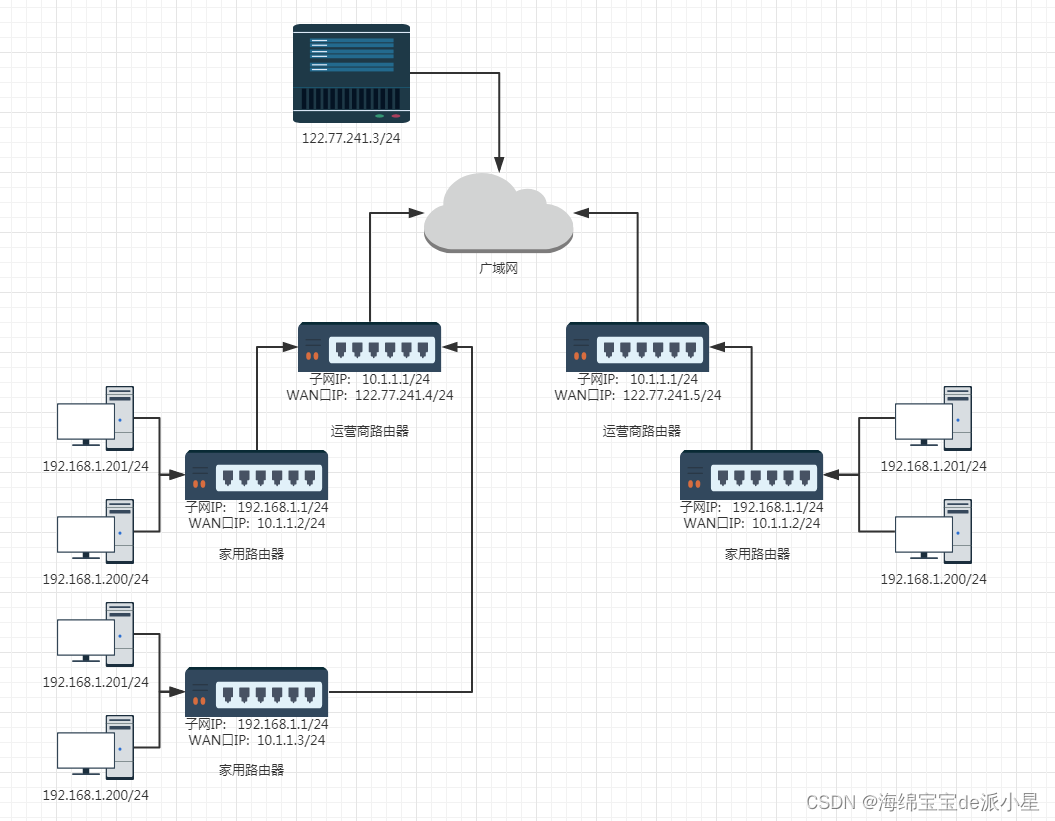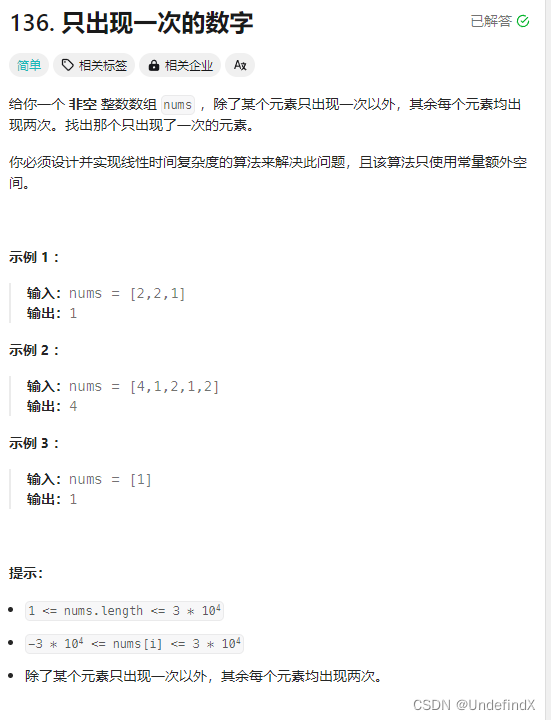分支结构

分支结构是解决程序选取分支走不同的路线,增加了程序开发的灵活性。java的分支主要由if和switch这两种结构实现。
if 语句
if是分支中最常用的语法,它从形式上有三种形态:
if 结构
结构
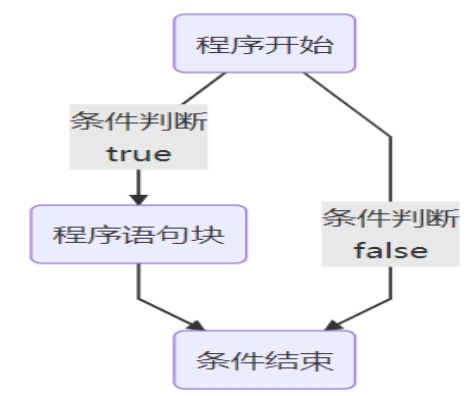
语法
if(表达式){
//代码块
}
程序案例
int x = 3;
System.out.println("if start");
if(x>3) {
System.out.println("x>3");
}
System.out.println("first if end");
if(x==3) {
System.out.println("x==3");
}
System.out.println("last if end");
运行结果
if start
first if end
x==3
last if end
if … else
选择分支,有两条分支。
结构

语法
if(表达式){
//代码块
}else{
//代码块
}
程序案例
int x = 3;
System.out.println("if start");
if (x >= 3) {
System.out.println("x>=3");
} else {
System.out.println("x<3");
}
System.out.println("if end");
运行结果
if start
x>=3
if end
多分支
有多个分支结果,扩展的if … else
结构

语法
if(表达式){
//代码块
}else if(表达式){
//代码块
}else{
//代码块
}
程序案例
int x = 3;
System.out.println("if start");
if (x > 3) {
System.out.println("x >= 3");
} else if (x < 3) {
System.out.println("x < 3");
} else {
System.out.println("x == 3");
}
System.out.println("if end");
运行结果
if start
x>=3
if end
switch语句
如果多分支的条件是整数或者字符串,可以使用switch。switch语句更加结构化。
结构

语法
int key = 1; //定义整型key
switch (key) {
case 1:
//代码块
break;
case 2:
//代码块
break;
:
:
:
default:
break;
}
程序案例
Scanner sc = new Scanner(System.in);
System.out.print("请输入学生成绩: ");
int score = sc.nextInt();
int key = score / 10;
switch (key) {
case 10:
case 9:
System.out.println("A");
break;
case 8:
System.out.println("B");
break;
case 7:
case 6:
System.out.println("C");
break;
case 5:
case 4:
case 3:
case 2:
case 1:
case 0:
System.out.println("D");
break;
default:
System.out.println("不合法");
break;
}
sc.close();
运行结构
请输入学生成绩: 78
C
switch的问题
case穿透
case中没有写break语句,继续向下运行不做判断。
case 10: //case 10 穿透进入case9
case 9:
System.out.println("A");
break;
switch的支持类型
注意: switch的类型支持除long之外的所有整型,String类型和枚举类型。
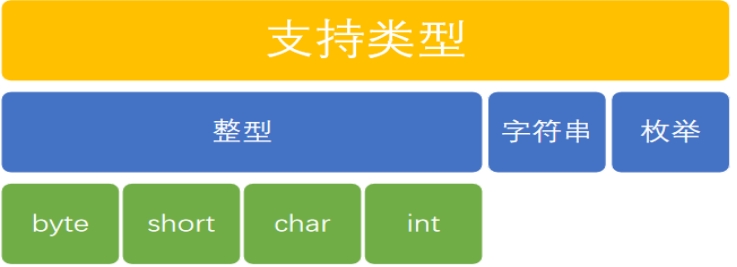
循环结构
循环结构是指在程序中需要反复执行某个功能而设置的一种程序结构。java中循环有while和for两种形式。
while循环
按照循环条件判断的先后分为while循环和do…while循环。
while循环
先判断条件,成立进入循环体,否则结束循环。
结构
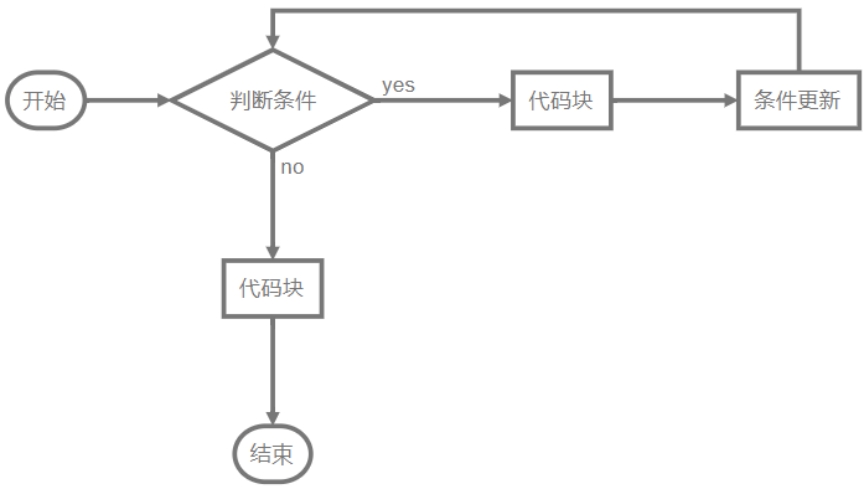
语法
while(表达式){
//循环体
}
程序案例
int count = 0;
System.out.println("while start:");
while(count < 10) {
count++;
System.out.println("count=" + count);
}
System.out.println("while end:");
运行结果
while start:
count=1
count=2
count=3
count=4
count=5
count=6
count=7
count=8
count=9
count=10
while end:
do…while
先进入循环体,后判断条件,成功继续执行,失败结束循环。
结构
do{
//循环体
}while(表达式);
程序案例
int count = 0;
System.out.println("while start:");
do {
count++;
System.out.println("count=" + count);
} while (count < 10);
System.out.println("while end:");
运行结构
while start:
count=1
count=2
count=3
count=4
count=5
count=6
count=7
count=8
count=9
count=10
while end:
for循环
结构
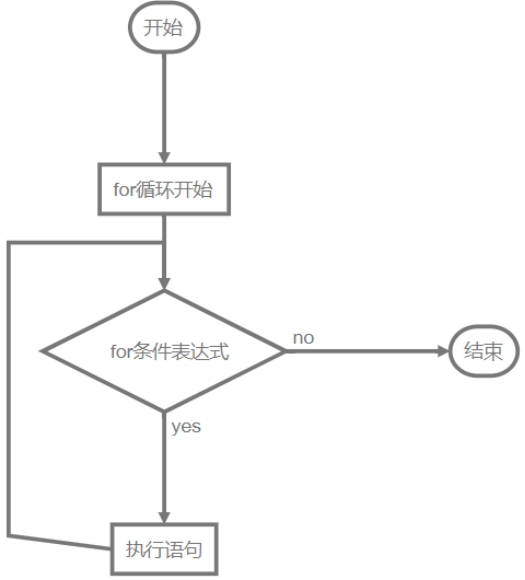
语法
for(变量初始值; 条件; 更新变量值){
//循环体
}
程序案例
int s = 0;
for (int i = 0; i < 10; i++) {
s += i;
}
System.out.println("s=" + s);
运行结果
s=45
几个关键字
break
作用: 跳出当前循环/跳出switch结构。
程序案例
for (int i = 0; i < 10; i++) {
if (i == 5) {
break;
}
System.out.println(i);
}
System.out.println("loop end");
运行结果
0
1
2
3
4
loop end
continue
作用: 跳过当前循环的变量,执行更新的变量,即跳过当此循环到下一次。
程序案例
for (int i = 0; i < 10; i++) {
if (i == 5) {
continue;
}
System.out.println(i);
}
System.out.println("loop end");
运行结果
0
1
2
3
4
6
7
8
9
loop end
return
作用: return一方面用在循环语句中来结束循环,另一方面用来终止函数的执行或者退出类的方法,并把控制权返回该方法的调用者。
如果方法有返回类型,则return的返回该类型的值;如果没有返回值,则可以使用没有返回值的return的语句。
程序案例
for (int i = 0; i < 10; i++) {
if (i == 5) {
break;
}
System.out.println(i);
}
System.out.println("loop end");
运行结果
0
1
2
3
4
循环嵌套
在实际开发中会在循环中嵌套循环,即循环体依然是循环,熟练掌握嵌套循环可以提升编码能力,解决更复杂的问题。
案例1
案例1:使用*号打印一个三角形
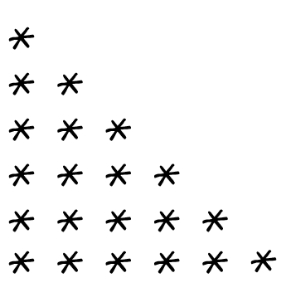
for(int i =1;i<9;i++) {
for(int j = 1; j<=i;j++) {
System.out.print("*");
}
System.out.println();
}
运行结果
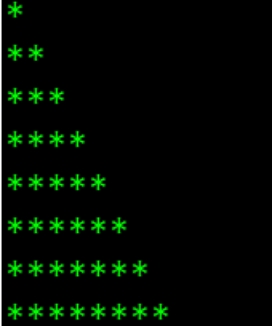
案例2
打印一个9x9乘法表
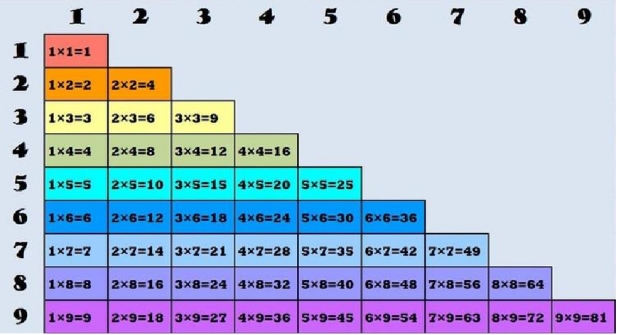
for (int i = 1; i <=9; i++) {
for (int j = 1; j <= i; j++) {
System.out.print(j + "x" + i + "=" + (j * i) + "\t");
}
System.out.println();
}
运行结果

